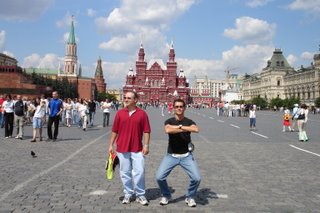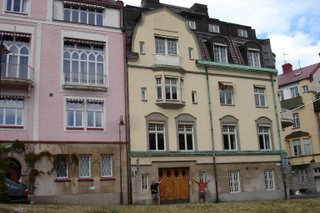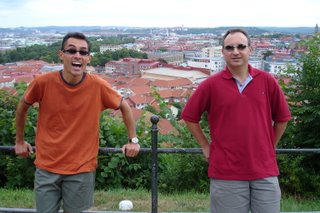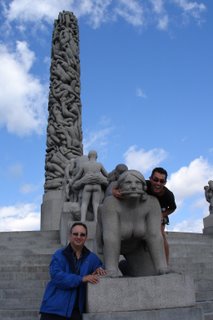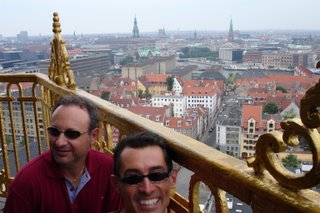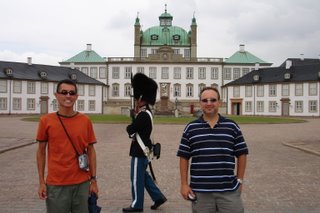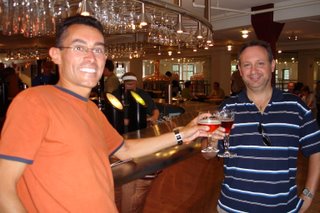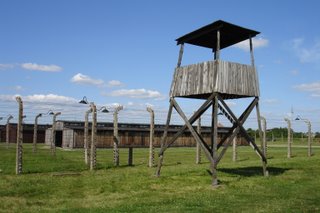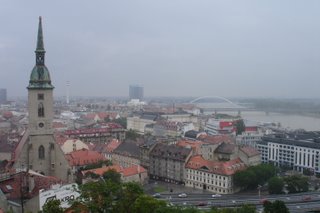



 Orthodoxy has been undergoing a huge revival since communism fell in 1997. It is roughly estimated that approx 27 million Orthodox Christians were persecuted and killed in the former USSR between the 1917 Lenin Bolshevick Revolution to the middle of the cold war in the late fifties. Many monasteries were closed but are now open, back with the faithful and undergoing restoration.
Orthodoxy has been undergoing a huge revival since communism fell in 1997. It is roughly estimated that approx 27 million Orthodox Christians were persecuted and killed in the former USSR between the 1917 Lenin Bolshevick Revolution to the middle of the cold war in the late fifties. Many monasteries were closed but are now open, back with the faithful and undergoing restoration.We visited four major monastic centres in Moscow. The first photo shows the Holy Trinity St Sergius Monastery in Sergei Posad (pop 200,000, approx 70km from Moscow). This monastery was founded by St Sergius of Radonezh in 1337 and is the most visited by Russians and Orthodox abroad. It consists of several churches which contain the relics of many saints that we saw: St Sergius, St Maximus the Greek, St Moscovitz, St Filaret and St Innokenty. The second photo is typical of Russian Orthodox Iconostasis (icon screen in front of alter) - lots of gold, lots of detail, lots of work! The third photo shows the main cathedral and bell tower of UNSECO protected Novodevichy Monastery, approx 5km south west of the Kremlin: built in 1525 by Grand Duke Vasilli II in thanksgiving of Russia's defence of Smolensk (a city near Poland) from the Polish. Just next to Novodichy is a monastery where all the rich and famous of Moscow and Russia (ministers, actors, academics etc) are buried - we visited the grave of the late wife (Raica) of former President Gorbachev. The fourth photo shows the Cathedral of the Seventh Ecumenical Council in the St Daniel (Danilovsky) Monastery: the oldest in Moscow, approx 6km south of the Kremlin, founded by Prince Daniel of Moscow in 1303, closed by the communists in 1930, handed back to the Church in 1988 and now the adminstrative centre and residence of the Russian Orthodox Partriarchate headed by Alexei II. We were lucky to be shown around by Fr Iosef and venerated the relics of St Daniel in the church in the photo and those of St Georgy, another martyr of that period. The bottom photo shows the large all-male Donski Monastery, approx 7km south of the Kremlin, founded in 1591 by St Tychon (whose relics we visited) and is also protected by the Russian Army as the site which protected Moscow from Mogol invasions in the 16th and 17th centuries (hence the tanks in the photo!).
We noticed many Russian youths (twenty to thirty) coming to light candles in the city churches and yes, the Russian Orthodox Priests are still awesome 7 foot giants with huge beards! The chanting is as captivating as ever and the services as long as ever!


